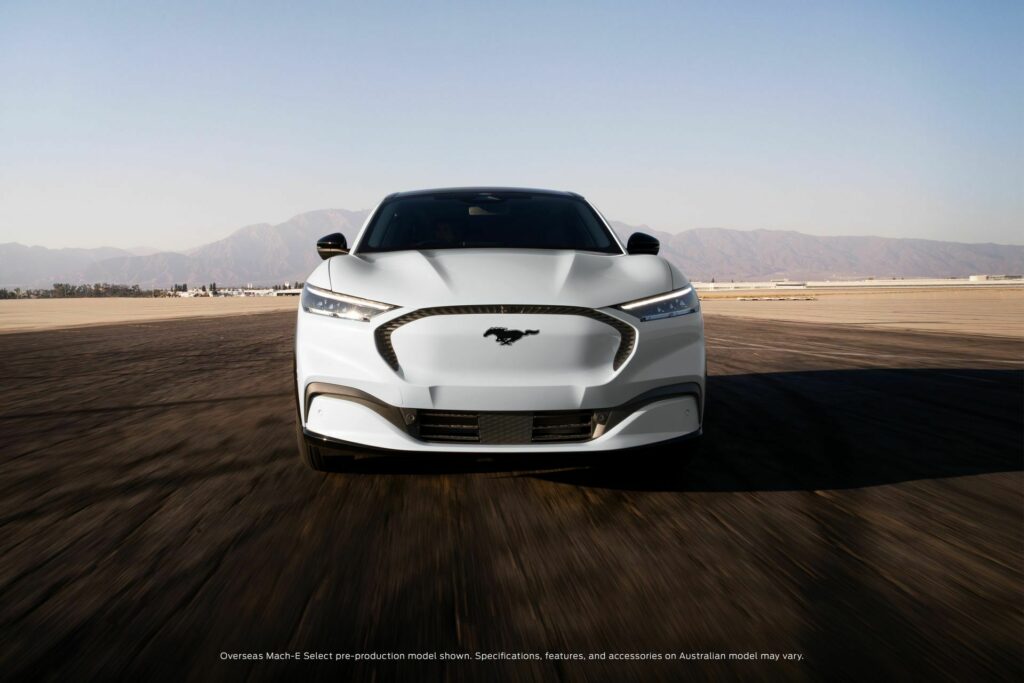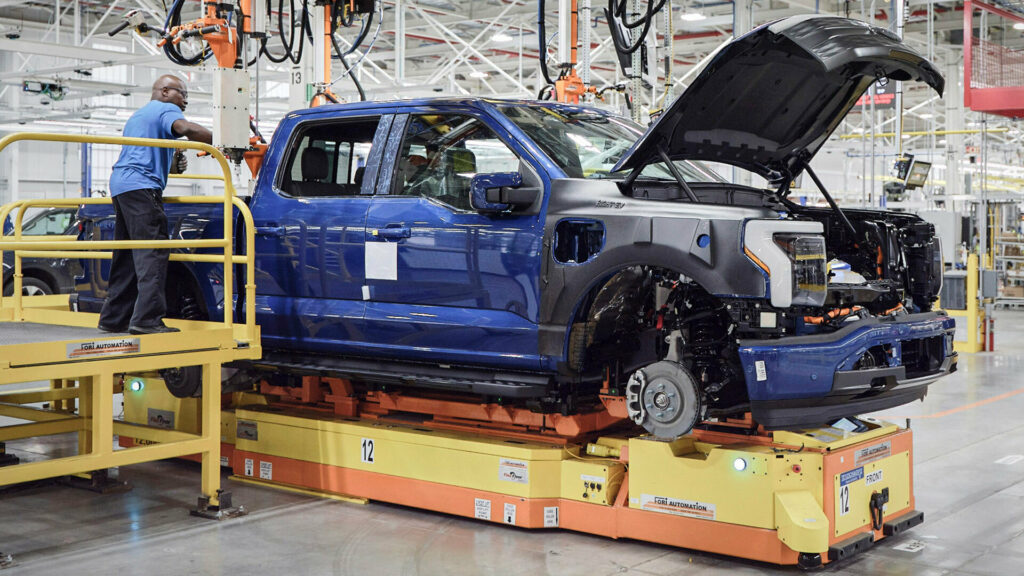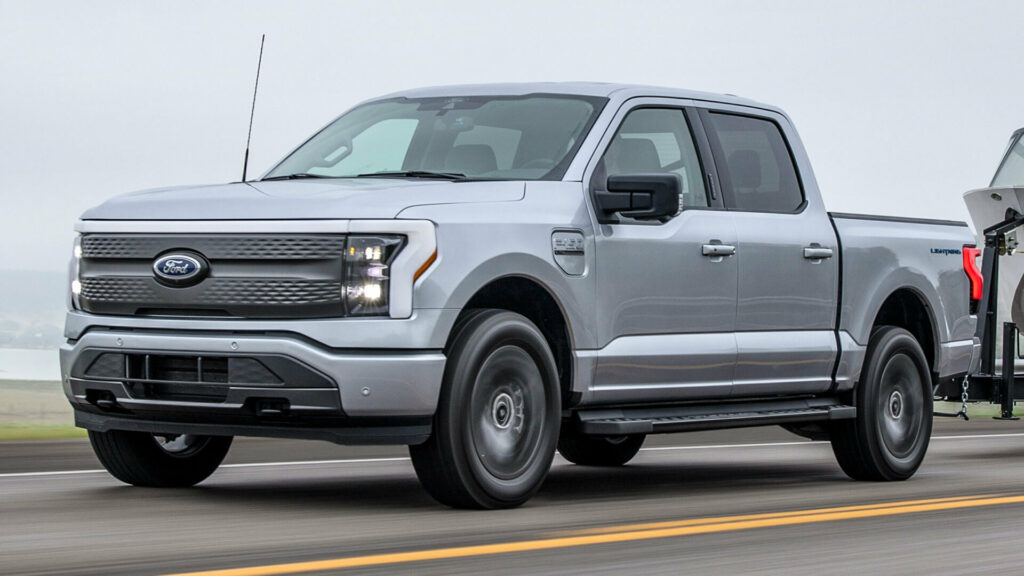Ford’s second-quarter earnings call provides new insights into how the brand is faring amid the EV price wars. In short, it’s not going so well but Ford is doing all it can to put a positive spin on the situation. A lot of moving parts make the future quite uncertain for now.
The Blue Oval predicted that its electric vehicle Model e side of the business would lose about $3 billion this year as it began to scale. It’s now expecting a $4.5 billion loss as it just posted a $1.8 billion loss in the second quarter alone. That’s just over $32,000 in losses on every EV that it sold. The pricing wars with Tesla certainly didn’t help that figure.
The losses have Ford shifting goals toward hybrids and reducing the priority to build more EVs. Its previous goal of producing 600,000 electric vehicles a year by the end of 2023 has a new deadline of 2024. Its long-term goal of 2 million EVs per year by 2026 no longer has a hard and fast date according to CNBC.
More: 2024 Ford Mustang Mach-E Gets Price Cut In Australia Before Q4 Launch

Ford’s CEO, Jim Farley, notes that there’s no big rush to hit its previous targets though. “The near-term pace of EV adoption will be a little slower than expected, which is going to benefit early movers like Ford,” he said.
Ultimately, Ford could struggle to bring in any profit until it can properly scale its Model e business. Barrons points out that it takes roughly 100,000 units produced per quarter to reach profitability.
Considering that it sold just 34,000 EVs and hybrids combined in Q2, it’ll be some time before it gets back in the black. In the meantime, Ford will continue to leverage hybrid technology to a greater degree. It’ll also benefit from strong sales and profits from its Pro commercial side of the business.
Nevertheless, It’ll have to navigate this situation as it manages the development of multiple electric vehicles along with EV infrastructure and the eventual end of internal combustion-only vehicles. Perhaps it’s this complexity that has some believing that Ford will spend less of its resources developing semi-autonomous driving tech and will instead simply license FSD from Tesla.





